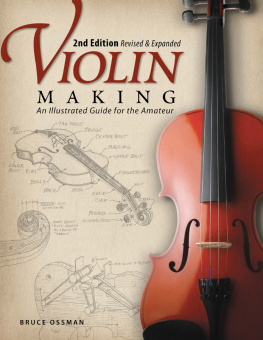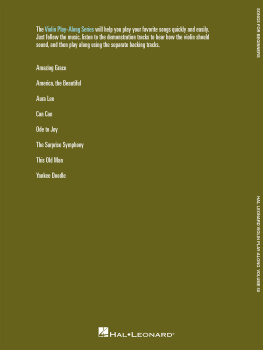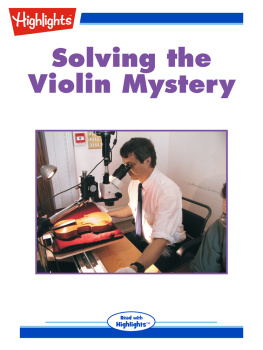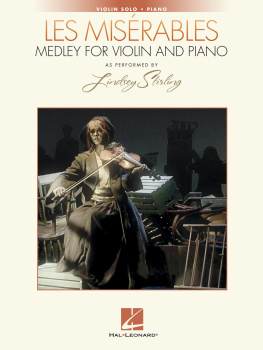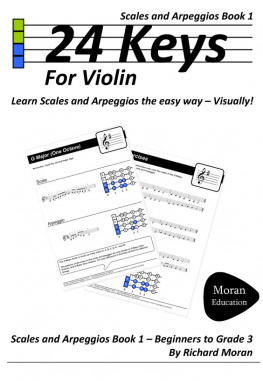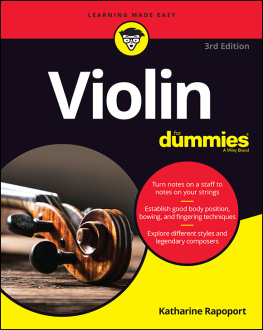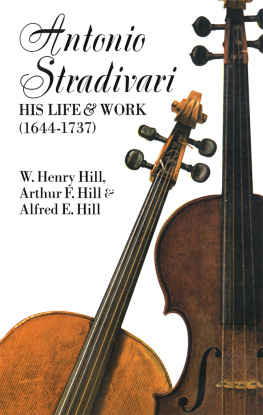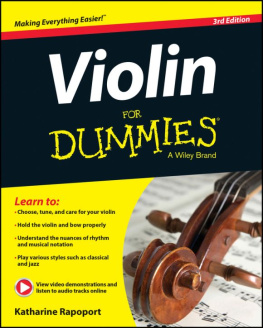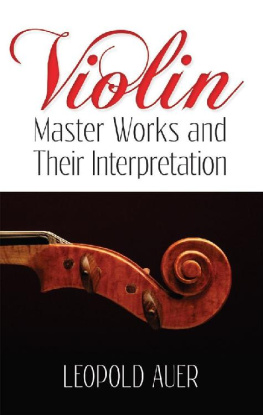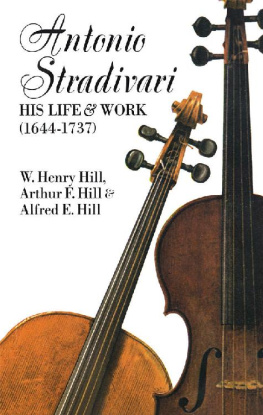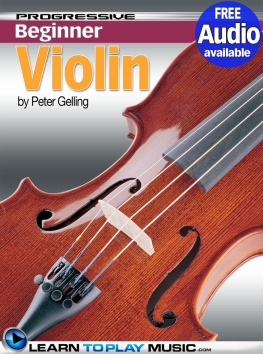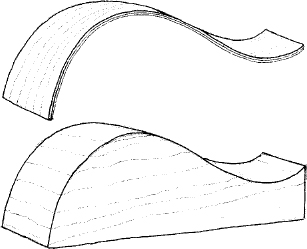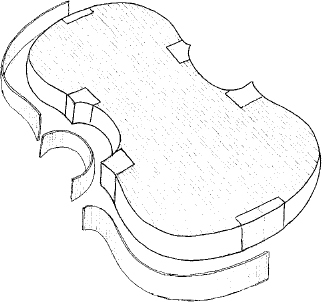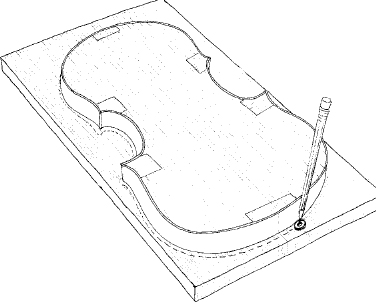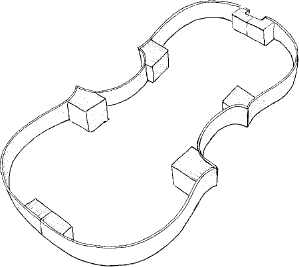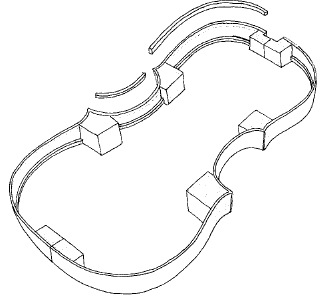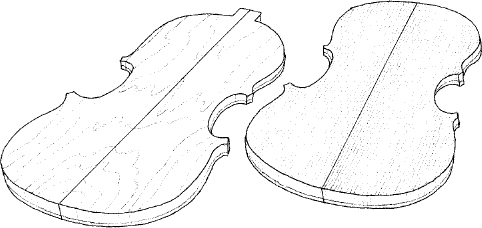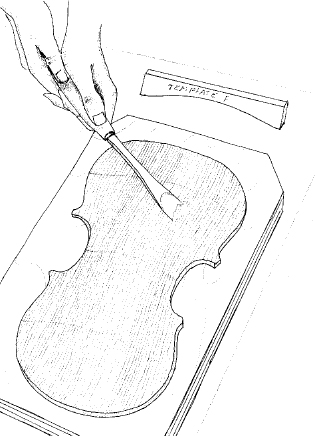Bruce Ossman - Violin Making, Second Edition Revised and Expanded: An Illustrated Guide for the Amateur
Here you can read online Bruce Ossman - Violin Making, Second Edition Revised and Expanded: An Illustrated Guide for the Amateur full text of the book (entire story) in english for free. Download pdf and epub, get meaning, cover and reviews about this ebook. year: 2009, publisher: Fox Chapel Publishing, genre: Home and family. Description of the work, (preface) as well as reviews are available. Best literature library LitArk.com created for fans of good reading and offers a wide selection of genres:
Romance novel
Science fiction
Adventure
Detective
Science
History
Home and family
Prose
Art
Politics
Computer
Non-fiction
Religion
Business
Children
Humor
Choose a favorite category and find really read worthwhile books. Enjoy immersion in the world of imagination, feel the emotions of the characters or learn something new for yourself, make an fascinating discovery.
- Book:Violin Making, Second Edition Revised and Expanded: An Illustrated Guide for the Amateur
- Author:
- Publisher:Fox Chapel Publishing
- Genre:
- Year:2009
- Rating:4 / 5
- Favourites:Add to favourites
- Your mark:
Violin Making, Second Edition Revised and Expanded: An Illustrated Guide for the Amateur: summary, description and annotation
We offer to read an annotation, description, summary or preface (depends on what the author of the book "Violin Making, Second Edition Revised and Expanded: An Illustrated Guide for the Amateur" wrote himself). If you haven't found the necessary information about the book — write in the comments, we will try to find it.
Making a beautiful violin is easier than you think! You dont have to be a professional luthier to build a handsome hand-crafted violin. All you need are just a few common tools, wood, and the simplified violin-making process found inside the newly revised and updated Violin Making.
The early version of this book helped many first-time instrument makers build their own stunning violins-and their beautiful work is displayed inside in a new color photo gallery. Author and lifelong teacher Bruce Ossman uses his simple techniques and clear instruction to guide you through every single step of making a violin. With the full-size patterns and detailed illustrations include, you will be on your way to crafting an instrument fit for an orchestra.
Bruce Ossman: author's other books
Who wrote Violin Making, Second Edition Revised and Expanded: An Illustrated Guide for the Amateur? Find out the surname, the name of the author of the book and a list of all author's works by series.

